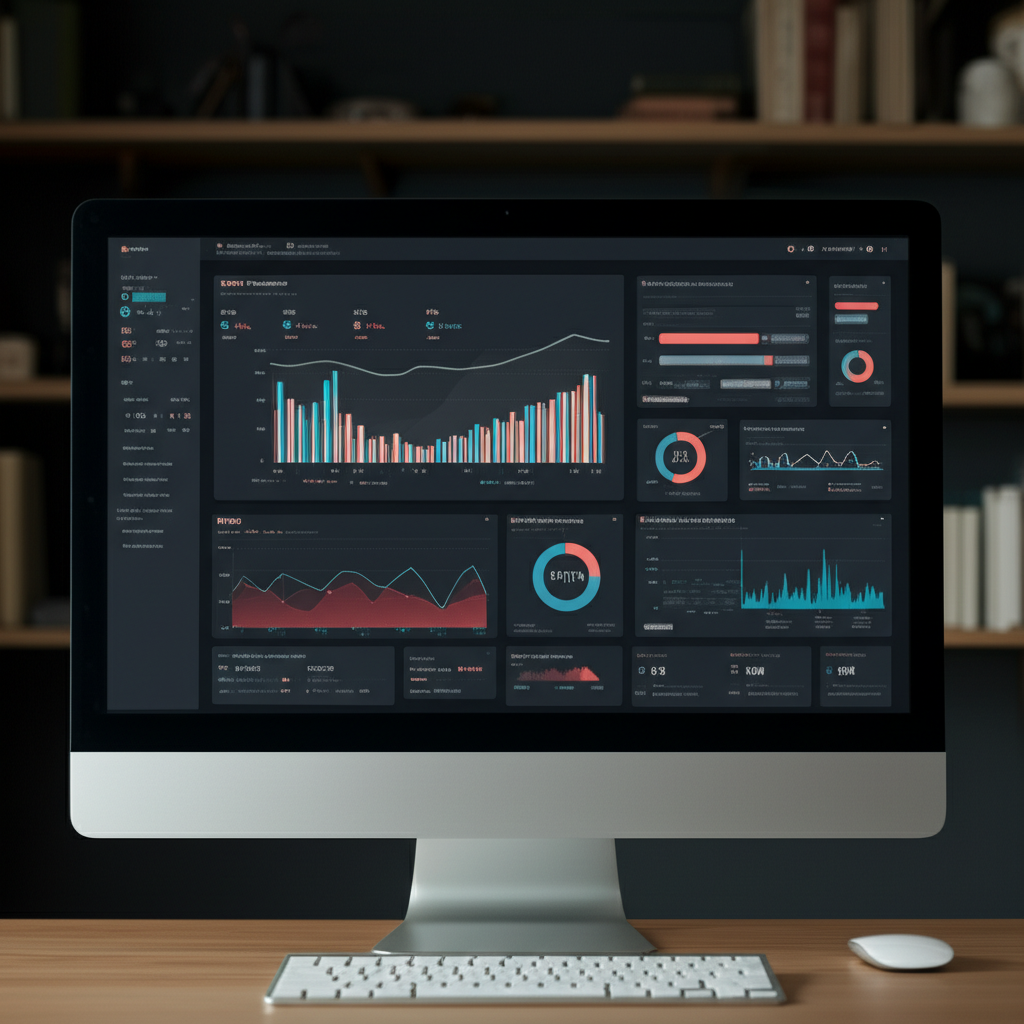
In the competitive world of e-commerce, even small improvements in conversion rates can lead to significant revenue increases. This guide explores proven strategies to optimize your e-commerce website and turn more visitors into customers.
Understanding Your Current Performance
Before implementing any optimization strategies, it's crucial to establish baseline metrics. Key performance indicators (KPIs) to track include:
- Overall conversion rate
- Cart abandonment rate
- Average order value
- Bounce rate on product pages
- Checkout completion rate
These metrics will help you identify problem areas and measure the impact of your optimization efforts.
Streamlining the User Experience
A smooth, intuitive user experience is fundamental to e-commerce success. Consider these improvements:
- Simplified navigation: Make it easy for customers to find products with clear categories, filters, and search functionality.
- Mobile optimization: Ensure your site performs flawlessly on mobile devices, where an increasing percentage of purchases occur.
- Page load speed: Optimize images and code to reduce load times—even a one-second delay can significantly impact conversion rates.
- Intuitive product organization: Group related products logically and implement effective recommendation systems.
Optimizing Product Pages
Product pages are where purchasing decisions happen. Enhance them with:
- High-quality images: Provide multiple angles and zoom functionality.
- Comprehensive product descriptions: Address potential questions and highlight benefits, not just features.
- Clear pricing and availability: Eliminate surprises that might cause abandonment.
- Social proof: Display reviews, ratings, and user-generated content to build trust.
- Urgency elements: Tastefully implemented limited-time offers or low-stock indicators can motivate purchases.
Simplifying the Checkout Process
Cart abandonment often occurs during checkout. Minimize this by:
- Offering guest checkout: Don't force account creation before purchase.
- Reducing form fields: Ask only for essential information.
- Providing multiple payment options: Include popular payment methods for your target market.
- Being transparent about costs: Display shipping costs and taxes early in the process.
- Implementing progress indicators: Show customers where they are in the checkout process.
Building Trust and Credibility
Customers need to trust your site before they'll make a purchase:
- Security indicators: Display SSL certificates and security badges prominently.
- Clear return policies: Make your return and refund processes easy to find and understand.
- Customer testimonials: Feature real feedback from satisfied customers.
- About us information: Share your company's story and values.
Implementing Personalization
Personalized experiences can significantly boost conversion rates:
- Product recommendations: Suggest items based on browsing history and previous purchases.
- Targeted promotions: Offer discounts on products the customer has shown interest in.
- Personalized emails: Send cart abandonment reminders and personalized offers.
- Saved preferences: Remember customer information to streamline future purchases.
Testing and Continuous Improvement
Optimization is an ongoing process, not a one-time effort:
- A/B testing: Test different versions of pages to see which performs better.
- User testing: Observe real users interacting with your site to identify pain points.
- Heatmaps and session recordings: Use these tools to understand how visitors navigate your site.
- Customer feedback: Actively solicit and act on feedback from your customers.
By implementing these strategies and continuously measuring their impact, you can create an e-commerce experience that not only attracts visitors but effectively converts them into loyal customers. Remember that optimization is an iterative process—small, data-driven improvements over time will lead to significant long-term gains in your conversion rate and revenue.